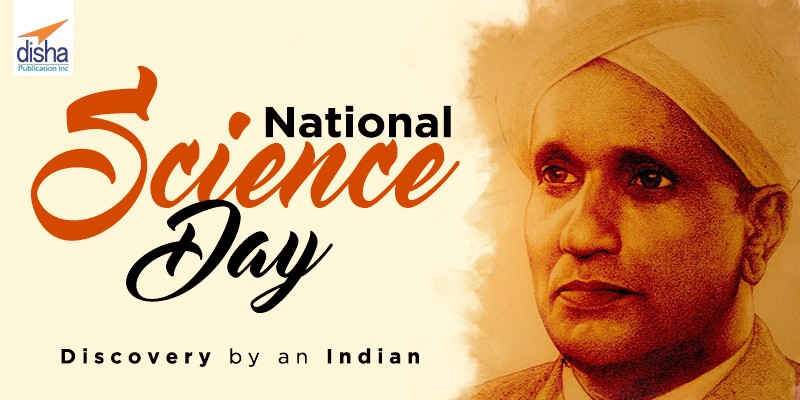CV Raman

Sir Chandrasekhara Venkata Raman known popularly as Sir CV Raman was born in Tiruchirapalli, Tamil Nadu on November 7th, 1888 during the British colonial rule. His father was a lecturer and he inherited an interest in Maths and Physics from him. He graduated from the Presidency College, Madras (Now Chennai), in 1902. He graduated B.A. and M.A. with the highest distinctions.
CV Raman was interestingly way ahead of his time and even has a whole scientific phenomenon named after him !
The Raman Effect
While traveling towards Europe, CV Raman noticed the blue colour of the glaciers and of the Mediterranean Sea. A curious Raman wanted to understand the reason and carried out numerous experiments to understand this phenomenon. He experimented on the scattering of light by water and ice. He used the monochromatic light which was being emitted from a mercury lamp and allowed it to fall on the transparent surface of water and ice.
These recordings were made on a spectrograph. The lines which were obtained during the course of the spectrum were referred to as ‘Raman Lines’ and the effect was named after him as the ‘Raman effect’.
Nobel Prize and Bharat Ratna
CV Raman presented this theory of his in Bangalore on 16 March 1928 which won him the Nobel Prize in Physics, an honour that was given only to a few select Indians at that time! Later, Peter Pringsheim was able to successfully reproduce these effects and termed the coins ‘Raman Lines’ and ‘Raman effect’. The great scientist, who still makes any Indian proud breathed his last on 21 November 1970.
Other than the Nobel Prize, he was also awarded the highest civilian award of India, the Bharat Ratna for his illustrious work in the field of science.
National Science Day
National Science Day is celebrated all over India on 28 February every year to mark the discovery of the Raman effect by the celebrated Indian physicist Sir c v Raman on 28 February 1928.The event is celebrated all over the country in schools, colleges, universities and other academic, scientific, technical, medical and research institutions. The celebration is marked by speeches, radio, TV, science movies, science exhibitions based on scientific themes and concepts, watching the night sky with telescopes, live projects, research demonstrations, debates, quiz competitions, lectures, science model exhibitions and many other such similar activities.
Why is National Science Day celebrated?
National Science Day is celebrated every year to spread the message about the importance of science used in our everyday life. To make everyone aware of all the activities, efforts and achievements in the field of science for human welfare and to encourage the young minds to pursue their curiosity, to discuss all the possibilities and to implement new technologies for developments in the field of science, to provide opportunity to the scientifically minded citizens of the country, to popularize science and technology.
Interesting facts about Sir CV Raman
Did you know that there is a scientific phenomenon named after a celebrated Indian Physicist?Check out who this mind – blowing person is below!
- Chandrasekhara Venkata Raman was born in Tiruchirapalli, Tamil Nadu on November 7th, 1888. His father was a lecturer and he inherited an interest in Maths and Physics from him. He graduated from the Presidency College, Madras (Now Chennai), in 1902. He graduated B.A. and M.A. with the highest distinctions
- While travelling towards Europe, Sir CV Ramannoticed the blue colour of the glaciers and of the sea. A curious Raman wanted to understand the reason behind this. He experimented on the scattering of light by water and ice. He used the monochromatic light which was being emitted from a mercury lamp and allowed it to fall on the transparent surface of water and ice. These recordings were made on a spectrograph.
- The lines which were obtained during the course of the spectrum were referred to as ‘Raman Lines’ and the effect was named after him as the ‘Raman effect’.
- CV Ramanpresented this theory of his in Bangalore on 16 March 1928 which won him the Nobel Prize in Physics.
- The National Science Dayis celebrated all over India on 28 February every year to mark the discovery of the Raman effect by the celebrated Indian physicist Sir C. V. Raman on 28 February 1928.
- National Science Day is celebrated to spread awareness about the importance of science in our everyday life, to make everyone aware of the achievements in the field of science for human welfare, to encourage the young minds to pursue their curiosity, to implement new technologies for developments in the field of science, to provide opportunities to the scientifically minded citizens of the country and to popularize science and technology.




